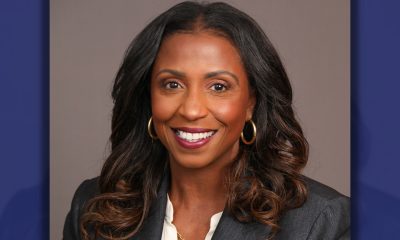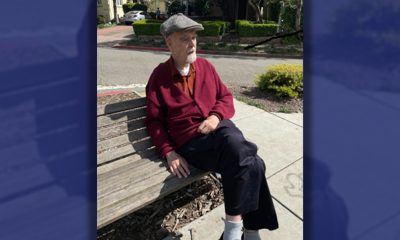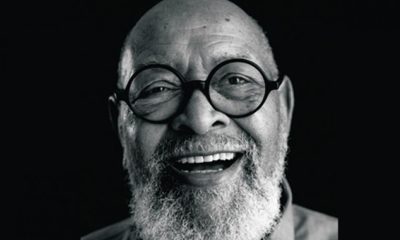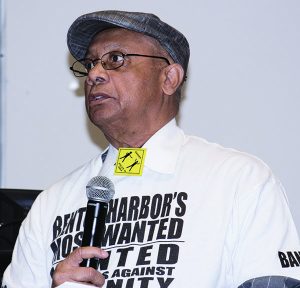Commentary
COMMENTARY: Questioning What is Considered Normal Behavior
NASHVILLE PRIDE — Civilized cultures, races, and classes have accepted expectations of what they consider normal or expected modes of acceptable behavior, which the masses should exhibit in a defined community. These behaviors are based on the studies and observances of established standards or usual practices of the populace in a given group or environment. Acceptable and expected behaviors are often defined and heralded by social scientists, psychologists and those who often benefit most from engineering human behavior.
By William T. Robinson
Civilized cultures, races, and classes have accepted expectations of what they consider normal or expected modes of acceptable behavior, which the masses should exhibit in a defined community. These behaviors are based on the studies and observances of established standards or usual practices of the populace in a given group or environment. Acceptable and expected behaviors are often defined and heralded by social scientists, psychologists and those who often benefit most from engineering human behavior.
Anyone deviating from what is considered the accepted mode of behavior (including practices and modes of thinking) is considered atypical or abnormal. Adhering to normal and socially acceptable guidelines literally relegates us to a monolithic society that borders on ‘one size fits all.’ But in reality what is considered normal can be contentious when one manifests natural constraints deviating from the generally accepted populace. All too often, those not following what is considered normal are subjected to ridicule or penalized.
Often, what many people feel is normal for them is not considered normal by the accepted social establishment. There are genetic and environmental factors that often make what is established as normal dependent on the individual. Behaviors or actions that one may exhibit that are not harmful to themselves or the public can be different and contentious as well as atypical or abnormal to others—but not the person themselves.
We should take a closer look at defining or acknowledging what is considered normal in a multitude of circumstances, taking in the reality or experiences of affected individuals—simply saying that what is normal for you may not be normal for me. Therefore, don’t be so fast to impose your expectations of what you feel is right onto someone else based on what you have been taught as normal. In fact, what is considered normal varies depending on cultures, locations, and groups.
‘Normal’ is a word that for the most part, subconsciously promotes conformity. It colors those not going along with it as defiant and atypical. Resisting practices considered ‘normal’ sometimes relegates a person to being a maverick, troublemaker, or just plain defiant—even to being cast as a pariah.
We need to understand that normalcy is contingent on a person’s subjective behaviors and views rather than what is average, usual, and standard among a designated group. Not being considered normal isn’t always an insult or a reason to feel inadequate. Normal patterns adhered to by the masses can be misleading and erroneous. Being able to break from a group’s calculated perception of what is normal and define your own view based on self-analysis can promote self-empowerment.
The truth of the matter is that historically discriminate and inhumane treatment was commonplace and accepted as normal behavior by a segment of the population in the South. This abusive and inhumane treatment was even indoctrinated in laws that kept people of color disenfranchised or in subservient roles. What we perceive as normal can be open to interpretation and in some cases a violation of some peoples’ basic human rights.
What may be considered normal should always be up to interpretation and not always accepted as established behavior to be followed by all. Normalcy has been used at times as a constraint to justify treacherously insidious miscarriages of justice. Those defining normalcy are often in a position to control the actions of others, whether for good or bad.
Hopefully, we will arrive to a point where what is normal for one person or group is not always considered normal for everyone, and that it is acceptable and okay. Contrary to what some people think, normal is not a practice or view that is etched in stone and incontestably followed by all—even if you personally don’t feel or view something the way others do.
This article originally appeared in the Nashville Pride.
Commentary
Opinion: Lessons for Current Student Protesters From a San Francisco State Strike Veteran
How the nation’s first College of Ethnic studies came about, bringing together Latino, African American and Asian American disciplines may offer some clues as to how to ease the current turmoil on American college campuses over the Israel-Hamas war. After the deadline passed to end the Columbia University encampment by 2 p.m. Monday, student protesters blockaded and occupied Hamilton Hall in a symbolic move early Tuesday morning. Protesters did the same in 1968.
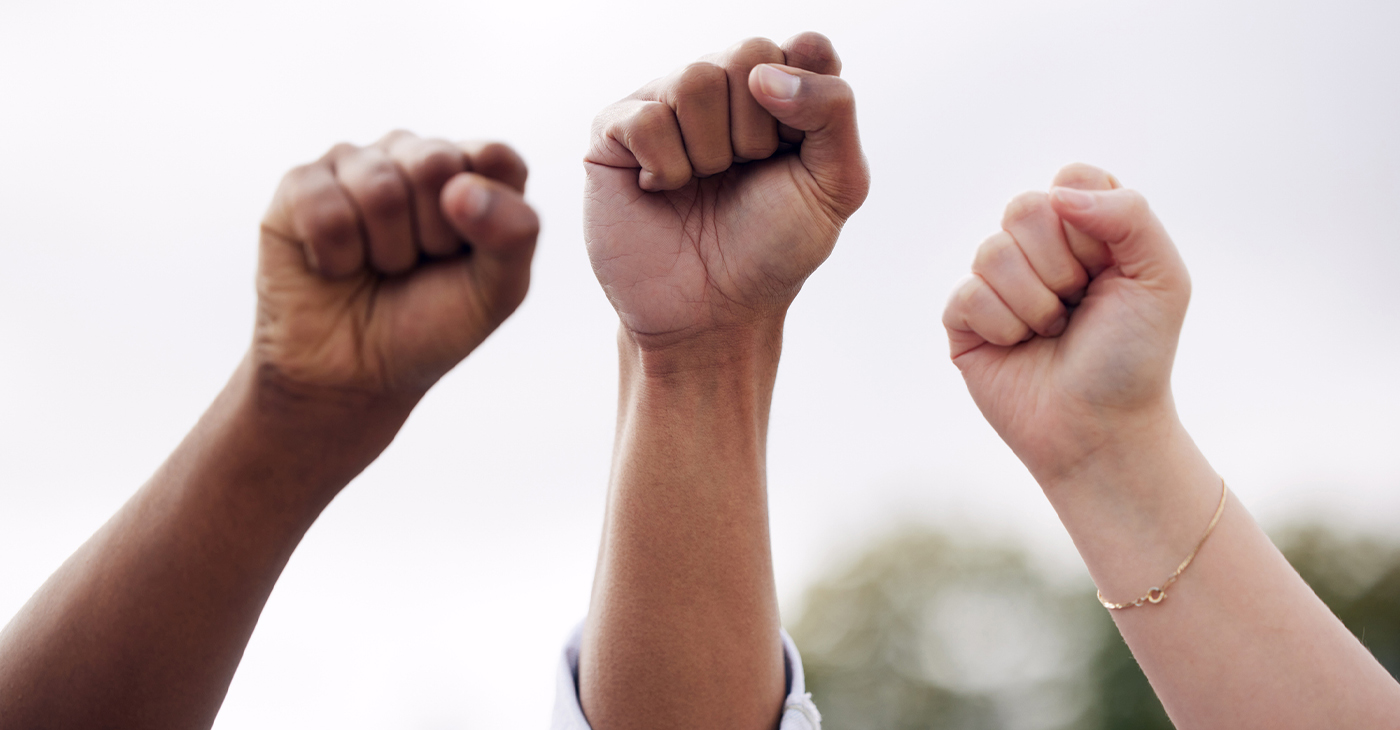
By Emil Guillermo
How the nation’s first College of Ethnic studies came about, bringing together Latino, African American and Asian American disciplines may offer some clues as to how to ease the current turmoil on American college campuses over the Israel-Hamas war.
After the deadline passed to end the Columbia University encampment by 2 p.m. Monday, student protesters blockaded and occupied Hamilton Hall in a symbolic move early Tuesday morning.
Protesters did the same in 1968.
That made me think of San Francisco State University, 1968.
The news was filled with call backs to practically every student protest in the past six decades as arrests mounted into hundreds on nearly two dozen campuses around the country.
In 1970, the protests at Kent State were over the Vietnam War. Ohio National Guardsmen came in, opened fire, and killed four students.
Less than two weeks later that year, civil rights activists outside a dormitory at Jackson State were confronted by armed police. Two African American students were killed, twelve injured.
But again, I didn’t hear anyone mention San Francisco State University, 1968.
That protest addressed all the issues of the day and more. The student strike at SFSU was against the Vietnam war.
That final goal was eventually achieved, but there was violence, sparked mostly by “outside agitators,” who were confronted by police.
“People used the term ‘off the pigs’ but it was more rally rhetoric than a call to action (to actually kill police),” said Daniel Phil Gonzales, who was one of the strikers in 1968.
Gonzales, known as the go-to resource among Filipino American scholars for decades, went on to teach at what was the positive outcome of the strike, San Francisco State University’s College of Ethnic Studies. It’s believed to be the first of its kind in the nation. Gonzales recently retired after more than 50 years as professor.
As for today’s protests, Gonzales is dismayed that the students have constantly dealt with charges of antisemitism.
“It stymies conversation and encourages further polarization and the possibility of violent confrontation,” he said. “You’re going to be labeled pro-Hamas or pro-terrorist.”
That’s happening now. But we forget we are dealing not with Hamas proxies. We are dealing with students.
Gonzales said that was a key lesson at SF State’s strike. The main coalition driving the strike was aided by self-policing from inside of the movement. “That’s very difficult to maintain. Once you start this kind of activity, you don’t know who’s going to join,” he said.
Gonzales believes that in the current situation, there is a patch of humanity, common ground, where one can be both pro-Palestine and pro-Israel. He said it’s made difficult if you stand against the belligerent policies of Benjamin Netanyahu. In that case, you’re likely to be labeled antisemitic.
Despite that, Gonzales is in solidarity with the protesters and the people of Gaza, generally. Not Hamas. And he sees how most of the young people protesting are in shock at what he called the “duration of the absolute inhumane kind of persecution and prosecution of the Palestinians carried out by the Israeli government.”
As a survivor of campus protest decades ago, Gonzales offered some advice to the student protesters of 2024.
“You have to have a definable goal, but right now the path to that goal is unclear,” he said.
About the Author
Emil Guillermo is a journalist and commentator. A veteran newsman in TV and print, he is a former host of NPR’s “All Things Considered.”
Activism
Oakland Post: Week of May 1 – 7, 2024
The printed Weekly Edition of the Oakland Post: Week of May 1 – 7, 2024

To enlarge your view of this issue, use the slider, magnifying glass icon or full page icon in the lower right corner of the browser window. ![]()
Activism
Oakland Post: Week of April 24 – 30, 2024
The printed Weekly Edition of the Oakland Post: Week of April 24 – 30, 2024

To enlarge your view of this issue, use the slider, magnifying glass icon or full page icon in the lower right corner of the browser window. ![]()
-

 Community2 weeks ago
Community2 weeks agoFinancial Assistance Bill for Descendants of Enslaved Persons to Help Them Purchase, Own, or Maintain a Home
-

 Activism4 weeks ago
Activism4 weeks agoOakland Post: Week of April 3 – 6, 2024
-

 Business2 weeks ago
Business2 weeks agoV.P. Kamala Harris: Americans With Criminal Records Will Soon Be Eligible for SBA Loans
-

 Community2 weeks ago
Community2 weeks agoAG Bonta Says Oakland School Leaders Should Comply with State Laws to Avoid ‘Disparate Harm’ When Closing or Merging Schools
-

 Activism3 weeks ago
Activism3 weeks agoOakland Post: Week of April 10 – 16, 2024
-

 Community2 weeks ago
Community2 weeks agoOakland WNBA Player to be Inducted Into Hall of Fame
-

 Community2 weeks ago
Community2 weeks agoRichmond Nonprofit Helps Ex-Felons Get Back on Their Feet
-

 Community2 weeks ago
Community2 weeks agoRPAL to Rename Technology Center for Retired Police Captain Arthur Lee Johnson



